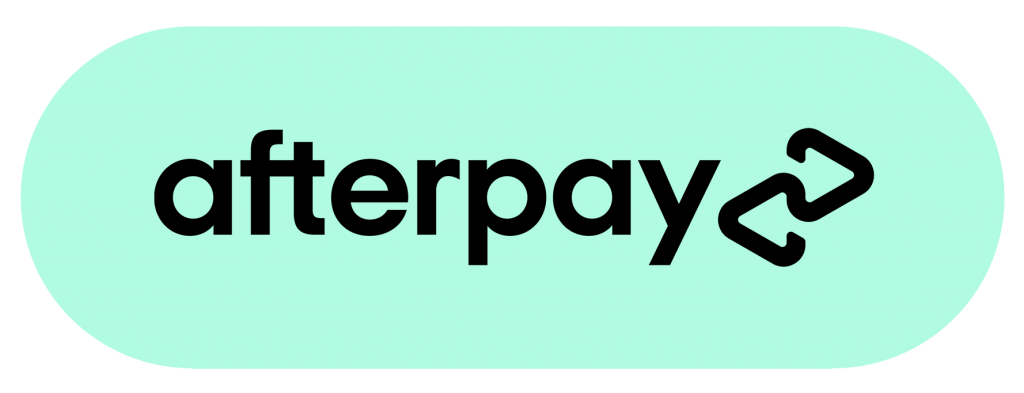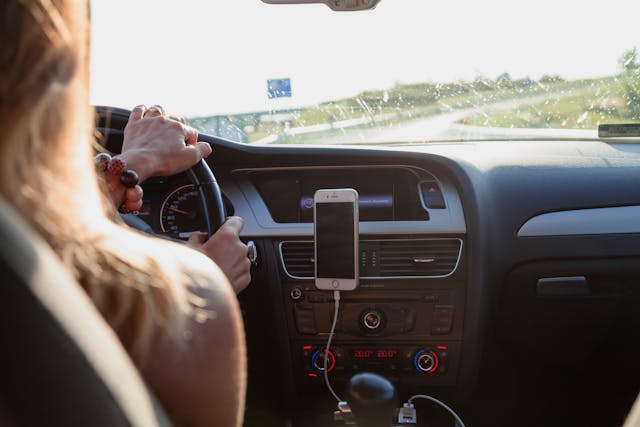Installing aftermarket accessories in your vehicle can significantly improve its functionality and appearance, but without proper electrical knowledge and installation techniques, these modifications can lead to serious electrical problems. From blown fuses and drained batteries to complete electrical system failures, the consequences of improper installation can be costly and potentially dangerous. Understanding the correct methods for integrating aftermarket accessories into your vehicle’s electrical system is essential for maintaining reliability and safety.
Essential Steps for Safe Aftermarket Accessory Installation
Calculate Your Vehicle’s Electrical Load Capacity
Before installing any aftermarket accessory, you need to determine whether your vehicle’s electrical system can handle the additional load. Every vehicle has a specific alternator output capacity, typically ranging from 70 to 150 amps in standard passenger vehicles. To calculate available capacity, add up the current draw of all existing electrical components when they’re operating simultaneously, then subtract this total from your alternator’s maximum output. This calculation tells you how much spare capacity you have for additional car accessories.
Most vehicles in Auckland operate with approximately 20-30% spare electrical capacity under normal conditions. However, this margin can quickly disappear when you factor in peak loads during cold starts or when multiple systems are running. For high-draw accessories like powerful sound systems, auxiliary lighting, or winches, you may need to upgrade your alternator or install a secondary battery system to prevent overloading.
Use Appropriate Wiring and Fuses
Selecting the correct wire gauge is crucial for preventing electrical fires and ensuring your accessories function properly. Wire gauge requirements depend on two main factors: the current draw of the accessory and the length of the wire run. For example, a 20-amp accessory with a 10-foot wire run requires at least 12-gauge wire, while a 5-amp accessory might only need 18-gauge wire for the same distance. Using undersized wire causes resistance buildup, leading to heat generation, voltage drops, and potential fire hazards.
Every aftermarket accessory must have its own properly sized fuse installed as close to the power source as possible. The fuse rating should be approximately 25% higher than the accessory’s normal operating current but lower than the wire’s maximum capacity. For instance, if your accessory draws 8 amps during normal operation, use a 10-amp fuse with wire rated for at least 15 amps. This configuration protects both the accessory and your vehicle’s electrical system from damage due to short circuits or overloads.
Establish Proper Grounding Connections
Poor grounding is one of the most common causes of electrical issues with aftermarket accessories. A proper ground connection requires direct metal-to-metal contact with the vehicle’s chassis or a designated grounding point. Remove any paint, rust, or coating from the grounding location to ensure optimal conductivity. The ground wire should be the same gauge or larger than the positive wire to handle return current effectively.
In modern vehicles, especially those common in Auckland’s varied climate conditions, corrosion at ground points can develop quickly due to moisture and road salt exposure. Use dielectric grease on ground connections to prevent corrosion while maintaining conductivity. For high-current accessories, consider running a dedicated ground wire directly to the battery’s negative terminal rather than relying on chassis grounds, which can introduce resistance and interference into sensitive electronic systems.
Common Mistakes That Lead to Electrical Problems
Tapping Into Existing Circuits
One of the most frequent errors DIY installers make is connecting aftermarket accessories to existing vehicle circuits without considering the circuit’s capacity. Factory wiring and fuses are designed to handle specific loads, and adding extra accessories can cause fuses to blow repeatedly or, worse, overheat wiring harnesses. This practice is particularly risky with modern vehicles that have complex multiplexed wiring systems where a single wire might carry signals for multiple components.
Instead of tapping into existing circuits, run dedicated power lines directly from the battery or fuse box using an auxiliary fuse holder or distribution block. This approach ensures your aftermarket accessories have their own protected circuits that won’t interfere with factory systems. Many vehicles have empty slots in the fuse box specifically designed for auxiliary accessories, making this the safest connection point for new electrical loads.
Ignoring Voltage Sensitive Systems
Modern vehicles contain numerous voltage-sensitive electronic control units (ECUs) that can be damaged or disrupted by voltage spikes, electromagnetic interference, or improper wiring practices. Installing high-power accessories like amplifiers or inverters without proper isolation can create electrical noise that interferes with engine management systems, ABS controllers, or infotainment systems. These issues often manifest as intermittent faults, warning lights, or erratic behaviour that can be difficult to diagnose.
To protect sensitive electronics, install noise suppressors or filters on high-current accessories, keep power cables separated from signal wires, and use shielded cables where appropriate. When installing audio equipment, maintain at least 45 centimetres of separation between power and signal cables, crossing them at 90-degree angles when necessary. For accessories that create significant electrical noise, such as HID lighting ballasts or large inverters, consider installing them in locations away from sensitive electronic modules.
Professional Installation Considerations
When to Seek Expert Help
While many basic accessories can be installed by competent DIY enthusiasts, certain modifications require professional expertise to avoid costly mistakes. Any installation involving airbag systems, CAN-bus integration, or modifications to factory wiring harnesses should be handled by qualified auto electricians. These systems are not only complex but can also affect vehicle safety and warranty coverage if improperly modified.
Professional installation becomes particularly important for high-value vehicles or those with sophisticated electrical architectures. European vehicles, which are common on Auckland roads, often have particularly complex electrical systems that require specialised diagnostic tools and programming procedures when adding accessories. Attempting to install accessories without proper knowledge of these systems can trigger fault codes, disable features, or cause permanent damage to expensive control modules.
Cost Versus Risk Analysis
While professional installation might seem expensive initially, it often proves more economical than repairing damage caused by improper DIY installation. The cost of replacing a damaged ECU, which can range from $500 to $3000 or more, far exceeds typical installation fees. Professional auto electricians also provide warranties on their work, giving you recourse if problems arise after installation.
Furthermore, professional installers have access to vehicle-specific wiring diagrams, proper crimping tools, and diagnostic equipment that ensure installations meet manufacturer specifications. They understand how to integrate accessories without voiding vehicle warranties and can often identify potential issues before they become problems. This expertise is particularly valuable for complex installations involving multiple accessories or integration with factory systems.
Maintaining Your Vehicle’s Electrical System After Modifications
Regular Inspection and Testing
After installing aftermarket accessories, establish a routine inspection schedule to catch potential problems early. Check all connections monthly for signs of corrosion, loosening, or heat damage. Look for discoloured wiring insulation, which indicates overheating, and test fuses to ensure they’re not running near their maximum capacity. Battery terminals and ground connections deserve special attention, as these are common failure points that can affect your entire electrical system.
Use a multimeter to periodically check voltage levels at various points in your electrical system. With the engine running, battery voltage should read between 13.5 and 14.5 volts, indicating proper charging system operation. Measure voltage drop across connections and fuses – anything over 0.2 volts suggests resistance that needs addressing. These simple tests can identify developing problems before they cause accessory failure or damage to your vehicle’s electrical system.
Documentation and Future Planning
Maintain detailed records of all electrical modifications, including wiring diagrams, fuse ratings, and connection points. This documentation proves invaluable for troubleshooting issues, performing future modifications, or when selling the vehicle. Take photographs during installation showing wire routing and connection locations, as these details are easily forgotten but crucial for maintenance or removal.
Plan for future electrical needs when installing your initial accessories. Installing a larger gauge main power wire or a distribution block with extra terminals now can save significant time and effort when adding accessories later. Consider the cumulative effect of multiple accessories on your electrical system, and be prepared to upgrade components like the alternator or battery if you continue adding electrical loads.
Need Help With Your Vehicle’s Electrical System?
Installing aftermarket accessories safely requires careful planning, proper materials, and thorough understanding of automotive electrical systems. By following correct installation procedures, using appropriate components, and recognising when professional help is needed, you can enjoy your vehicle modifications without experiencing electrical problems.
As experienced auto electricians in Auckland, Eurosparx specialises in the professional installation of aftermarket accessories and resolving electrical issues in all vehicle makes and models. Our team ensures your modifications are installed safely and correctly, protecting both your investment and your vehicle’s electrical system. Contact our expert team today by calling 09 218 7789 to discuss your aftermarket accessory installation needs.






